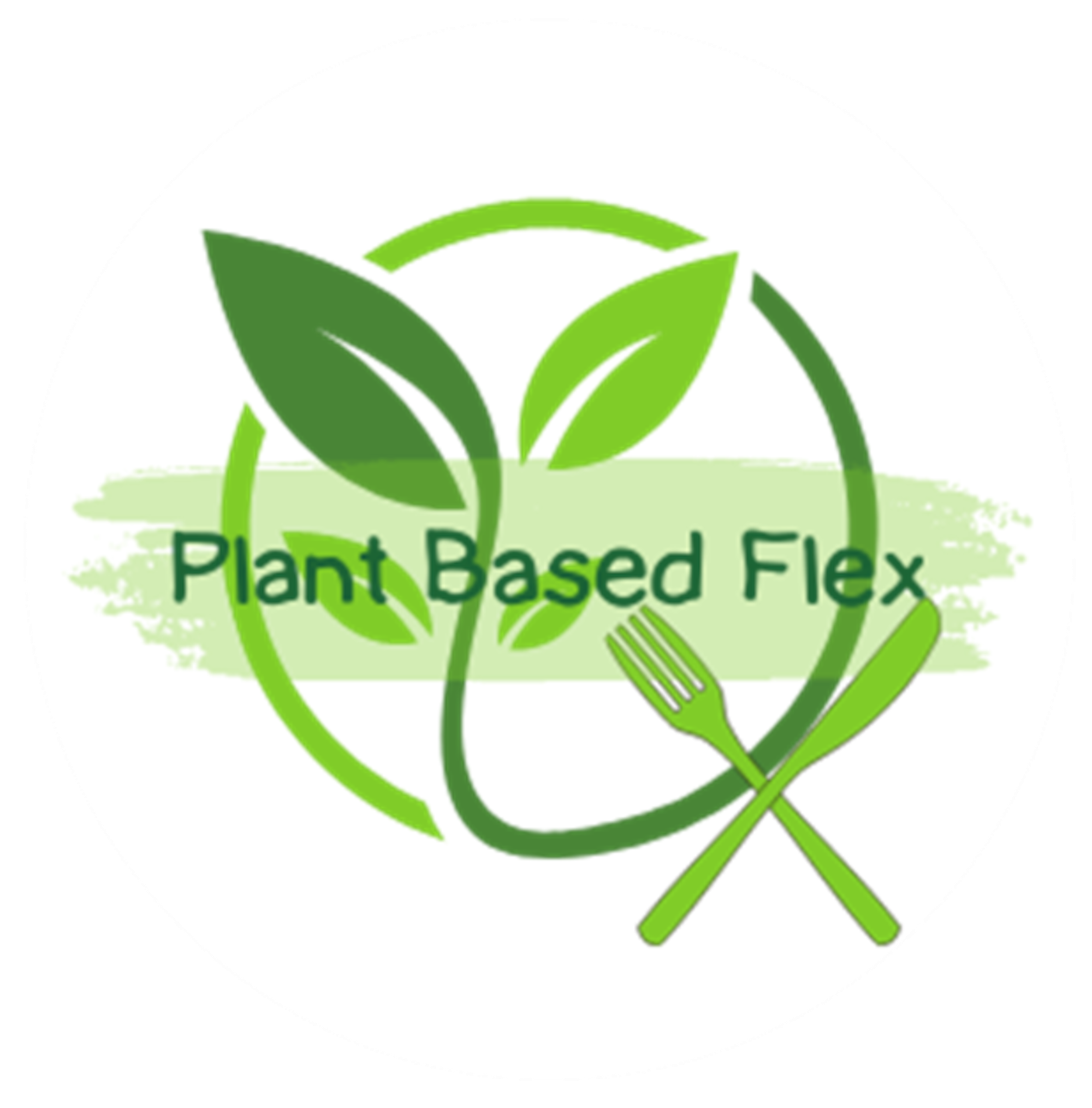Aging Through Time
From prehistory to today, see what “old” meant and use plant-forward habits, movement, sleep, and purpose to add healthy years.
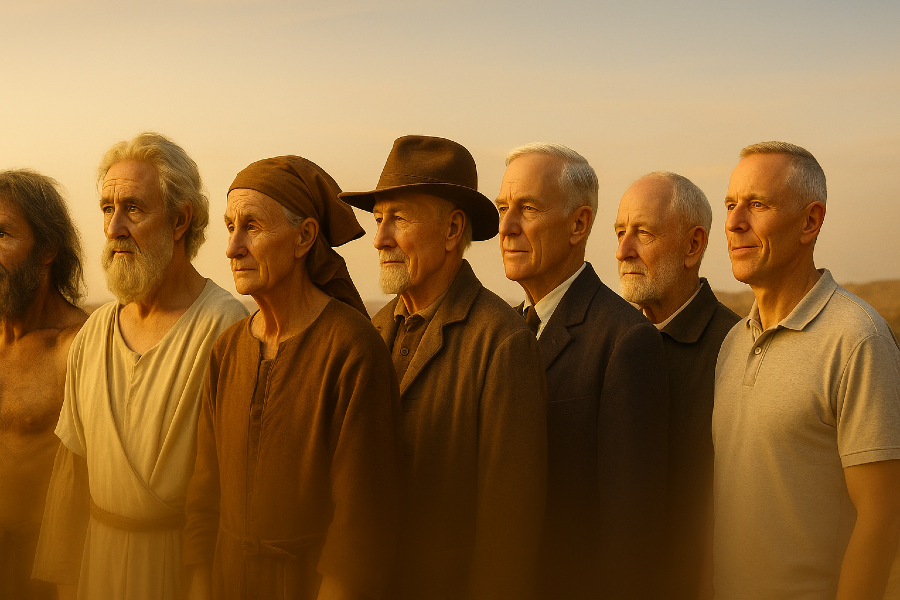
Aging Through Time: How Humans Grew Old and How We Thrive Beyond 60
When people say everyone used to die at thirty, they’re mixing up life expectancy at birth with how long adults lived after childhood.[1] In every era there were grandmothers and grandfathers. What’s changed is how many of us make it to elderhood—and how many healthy years we enjoy once we get there.[2]
“Longevity is access. Healthspan is the goal.”
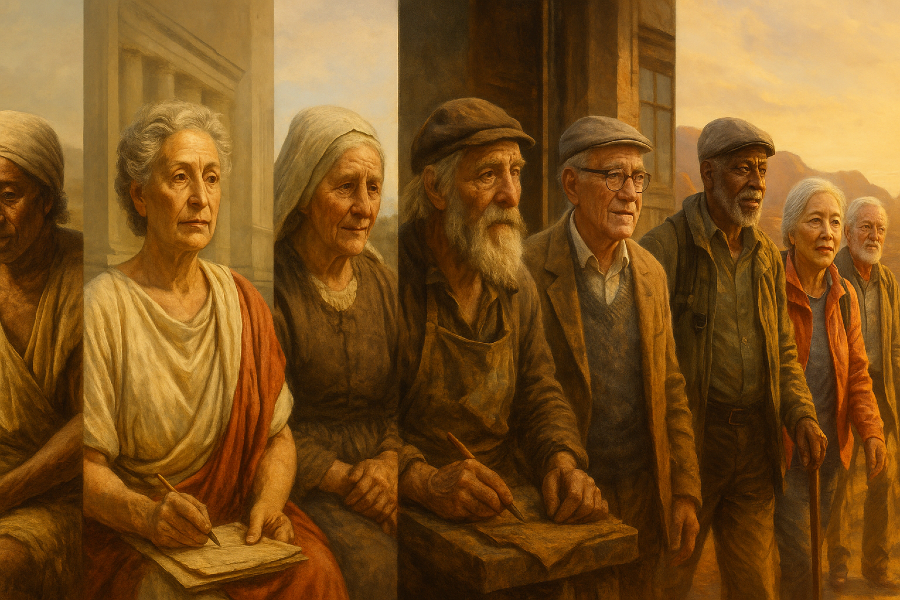
What counted as “old” across time
Forager eras. Traditional hunter-gatherer groups often included grandparents who helped feed and teach the young. Once someone reached the teen years, many lived into their 60s and sometimes their 70s. Food was mostly wild plants, roots, nuts, fruits, fish and game, with movement built into daily life. Later-life problems were injuries, dental wear and infections—less of the metabolic illness we see today.[3]
Ancient worlds. In Egypt, Greece and Rome, people described elders in their 50s and beyond. City life meant bread and porridge, legumes, olive oil and modest fish. People walked a lot and worked with their hands. Plagues, poor sanitation and accidents shortened many lives, yet some reached 70+.[4]
Medieval and early modern Europe. Fifty and older was seen as advanced age. Bread, beans, cabbage-family vegetables and preserved fish anchored diets. Manual work and walking were daily movement. Arthritis, tooth loss and epidemics were common burdens.[4]
Industrial age to early 1900s. Factories, cities and refined flour and sugar changed habits. Sanitation and later antibiotics and vaccines were game-changers. In 1900 the U.S. life expectancy at birth was ~47, yet adults who reached 60 often lived into their 70s.[5]
Twentieth century to today. Clean water, safer births and modern care raised life expectancy worldwide and pushed survival at older ages higher. The new challenge is healthspan: we’re living longer while often spending more years with conditions we can prevent or delay.[2]
“We keep the gifts of modern life. We bring back the rhythm of plants, movement, daylight and purpose.”
Four anchor truths we can use today
- We evolved with grandparents. Intergenerational roles are part of our design. Purpose and belonging protect health.[6]
- Modern life opened the door to elderhood. Clean water, vaccines and antibiotics saved the early years and gave more people access to long lives.[1]
- Healthspan trails lifespan. Healthy life expectancy rises more slowly than total life expectancy. Daily choices and routine prevention help close that gap.[2]
- Diet and movement patterns matter. The through-line across history is plant-forward eating and frequent natural movement.[3]
“Eat plants. Move often. Sleep well. Stay useful. Love your people.”
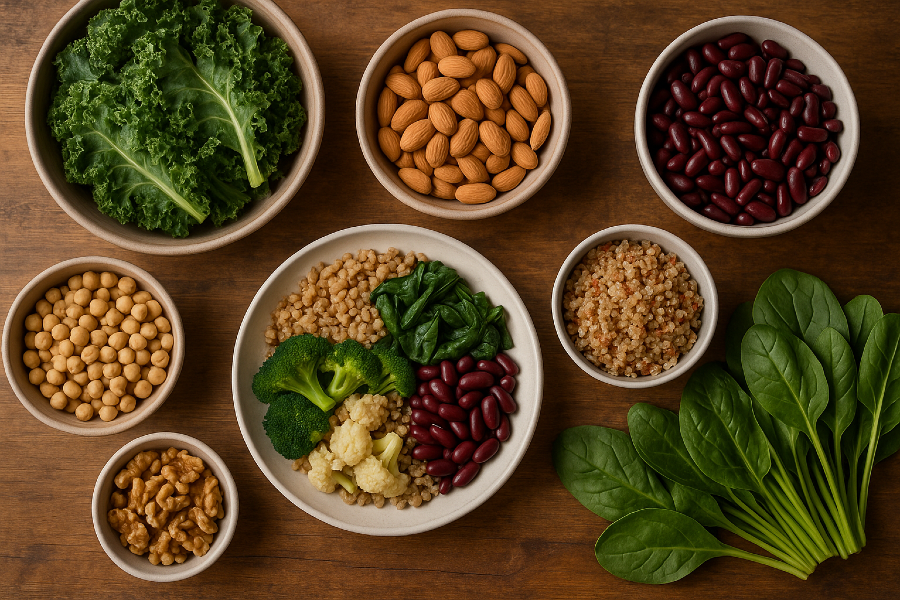
The Plant Based Flex way: simple changes that compound
Eat like a plant-forward omnivore. Build most meals with vegetables, beans, whole grains, nuts and seeds. Add modest fish or eggs as your flex. Aim for ~30g fiber a day to support blood sugar, gut health and steady energy.
Move as a way of living. You don’t need perfect workouts. Walk, climb a few stairs, carry your groceries, and pause for 3-minute mobility breaks. Short strength practice protects muscle and independence.
Keep modern sanitation, restore natural rhythm. Drink clean water. Keep vaccines and screenings current. Then honor body clocks: get morning light, eat most food in the daylight window, protect 7–8 hours of sleep.
Mouth care is whole-body care. Healthy gums lower inflammatory load that tracks with heart and brain health.
Make purpose a practice. Choose a role that makes you needed. Mentor. Share a recipe. Lead a weekly walk. Purpose is powerful medicine.
Chart: remaining years of life at age 60
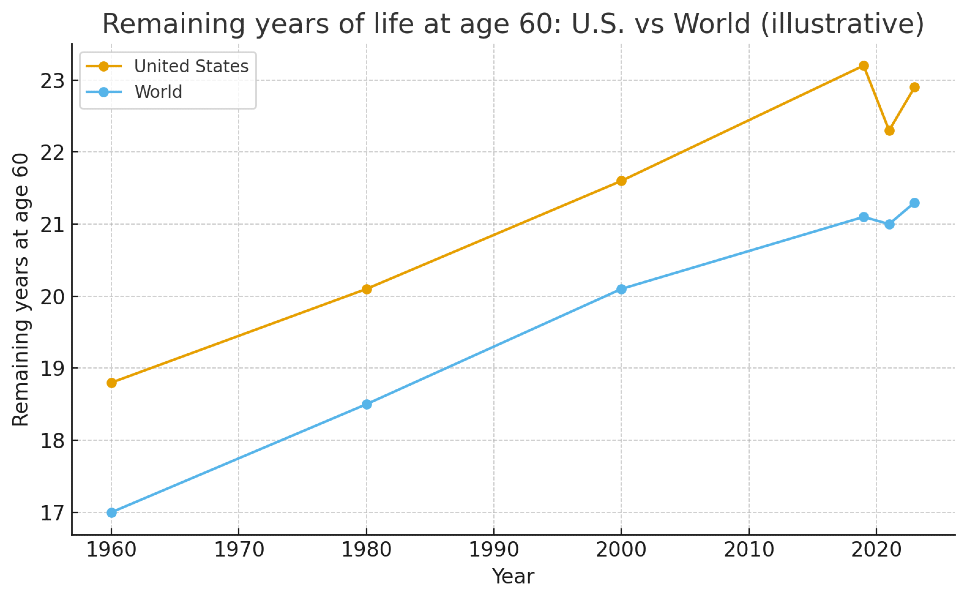
Remaining years of life at age 60—United States vs world. Long rise through 2019, pandemic dip, partial recovery. (Data patterns follow WHO/World Bank series.)[7][2]
“Thriving beyond 60 is not a trend. It is our design.”
Try This Week: tiny steps that stick
Mini habit stack
• Morning light + tall glass of water before coffee.
• Two movement snacks: 3 minutes mid-morning and 3 minutes mid-afternoon (march in place, sit-to-stand, calf raises, shoulder circles).
• One fiber boost: add ½ cup beans or lentils to lunch or dinner.
• Wind-down ritual: phone face-down after dinner, gentle stretches, lights dim one hour before bed.
Two simple Plant Based Flex recipes
• Creamy Chickpea Tomato Skillet — Sauté onion and garlic in olive oil. Add a can of chickpeas and crushed tomatoes. Simmer with oregano and a splash of balsamic. Finish with chopped spinach and a spoon of cashew cream or tahini. Serve over quinoa.
• Berry Chia Overnight Oats — Rolled oats, chia seeds, plant milk, vanilla and mixed berries in a jar. Chill overnight. Top with walnuts and a sprinkle of cinnamon.
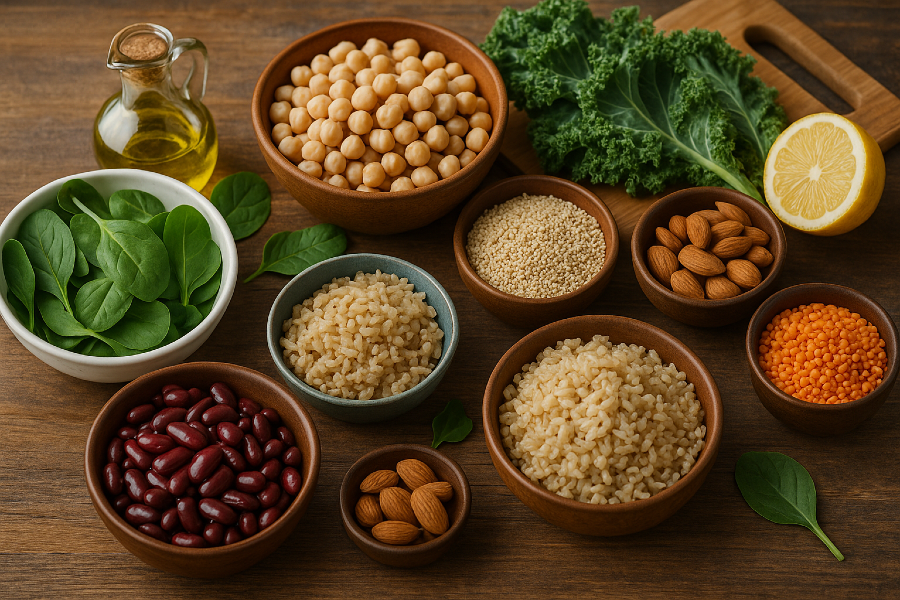
References
[1] Our World in Data — Life expectancy definitions, period vs cohort, and interpretation.
[2] World Health Organization — Healthy Life Expectancy (HALE): definition, methods, and trends; why healthspan can lag lifespan.
[3] Gurven & Kaplan (2007) — Longevity among hunter-gatherers: substantial survival to older ages and an adaptive human lifespan.
[4] Our World in Data — Long-run history of life expectancy and what “old” meant across eras (antiquity through medieval/early modern).
[5] CDC / National Center for Health Statistics — United States Life Tables and historical life expectancy context (1900–present).
[6] Hawkes et al. — Grandmothering and the evolution of human life histories (the “grandmother hypothesis”).
[7] World Bank Data — Life expectancy at age 60 (years), definitions and country series (U.S. vs world).
Disclaimer:
This content is for informational purposes only and is not medical advice. Always consult your healthcare provider before making changes to your diet, supplements, or lifestyle, especially if you have existing conditions or take medication.
💌Want plant-based tips each week
Join the Plant Based Flex newsletter. It’s free, and when you confirm your email I’ll send you a 7-Day Kickstart Wellness Bundle to help you thrive beyond 60.
